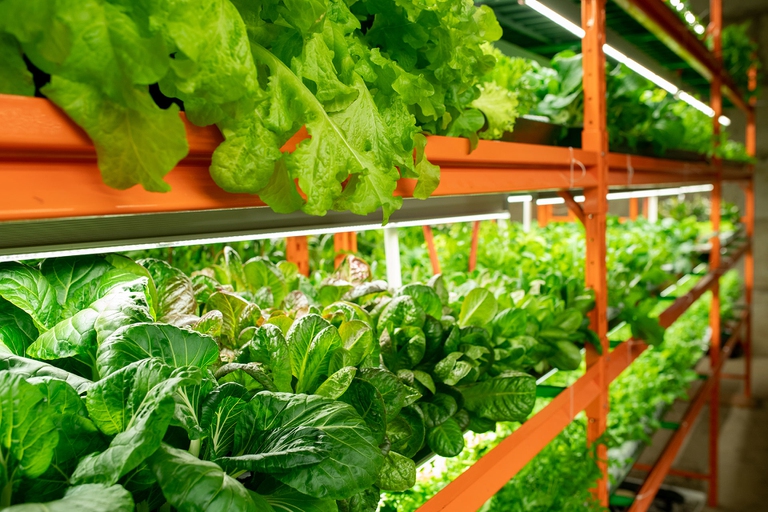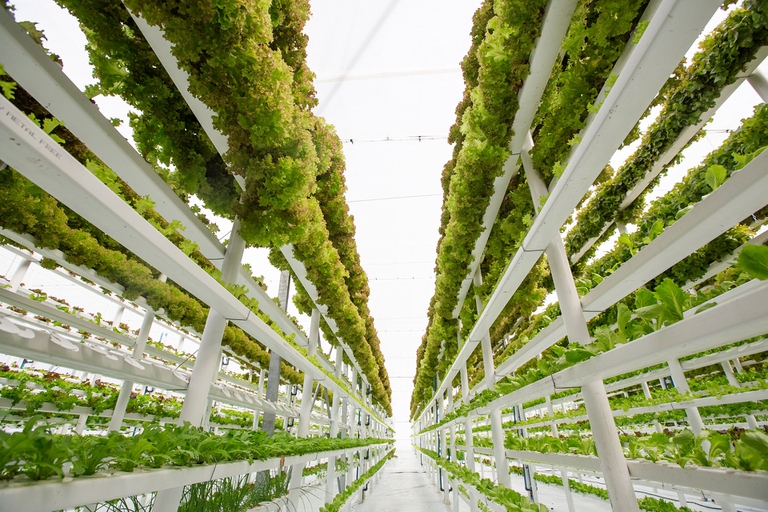https://www.lifegate.it/agricoltura-verticale-soluzione
- |
According to the UN, by 2050 the world will need 60 percent more food to feed its inhabitants.Somehow, humanity will have to find a way to increase global food production, but also make sectors such as livestock and agriculture more efficient.All this, obviously, decreasing - if not eliminating - theenvironmental impact of these practices.

What is vertical farming
If this doesn't seem like a particularly easy mission, that's because it isn't:new technologies and innovations will be needed to succeed in the undertaking.One of these, according to many scholars, is thevertical farming, that type of indoor cultivation in which plants and vegetables are grown in a greenhouse, one on top of the other, using particular structures similar to pylons.What makes it important for our future is the possibility of consuming less land and use less water, because the vertical farming manages to reuse all that not absorbed by the plants, in a continuous cycle.These are no small details:according to one esteem, this type of agriculture would use 95 percent less water than traditional agriculture, an incredible figure especially in light of the drought which is affecting Italy and much of the world.Furthermore, indoor cultivation allows you to replicate the ideal conditions for fruit and vegetables throughout the year, increasing their production, for example with new generation artificial lights capable of diminish by 40 percentenergy consumed.

We need to act at an urban level
Research in this field has just begun:for now the main objective is to lower prices – and the variety – of the cultivated products, in order to make them competitive on the market.But it's a matter of time, because investments in the sector are increasing, as demonstrated by the Italian case Planet farms, which he recently focused on Renzo Rosso.The goal for the future is to guarantee a continuous supply of vegetables and plant fibers for "plant based" food, using small, vertical farms.The particular structure of these plantations is also destined to redraw the maps of agriculture as we understand it.As written by Daily beast, “the farm of the future is not a field in Kansas but a temperature-controlled warehouse in Newark,” a city just a few miles from New York City.These realities are in fact developing a few steps from the main urban centers of the world, positioning themselves close to enormous and continually expanding markets, which they can serve quickly.After all, most people live in the big cities, and in the future this percentage will only increase:this is precisely where we need to act.
The agriculture of the future will be made up of one network of factories (relatively) small and indoors, indistinguishable from a warehouse or a factory, where the plants will be cultivated in a continuous cycle and a few steps away from the metropolises, whose supply is the key point in being able to feed an increasingly populated and complex world.
